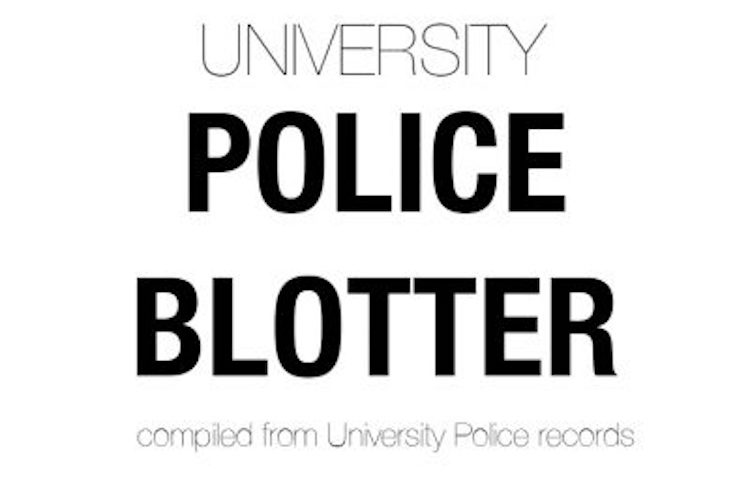The city of Eau Claire has a rich diversity of immigrant culture, ranging from the first French settlers to the Irish and Norwegians who came to the community more than 100 years ago.
However, a new culture immigrated into the city 25 years ago.
Hmong studies was the topic of two events on Tuesday and Wednesday with featured speaker Mark Pfeifer, director of the Hmong Resource Center at the Hmong Cultural Center in St. Paul, Minn.
A panel discussion on Tuesday featured the ideas from faculty members and Pfeifer on how to develop a Hmong studies program at a university.
Sociology professor Jeremy Hein, who has done a number of research projects on the Hmong community, said the city’s cultural face is still changing.
“We see a (cultural) evolution of Eau Claire on a basis of every month,” he said.
On the aspect of economics and how it affects the Hmong population, professor of economics Wayne Carroll said he found that while the first generation of the Hmong immigrants who came to the United States had limited English skills, the second generation did much better socially and economically.
Charles Vue, services coordinator at the Office of Multicultural Affairs and instructor of Hmong language and culture classes, stressed the importance of not just the non-Hmong, but English- speaking Hmong learning how to read and write their native language.
“Having Hmong students who don’t know how to write and read the Hmong language is sad,” he said.
However, with few faculty members for the subject, it is hard to have the class taught year-round rather than every-other year, he said.
Pfeifer talked about the work done at the
Hmong Resource Center. Since 1996, more than 400 books, 200 dissertations and 3,000 newspaper articles on topics affecting the Hmong were printed.
While Pfeifer said there is no formal Hmong studies program in any U.S. university, there has been some talk of a Hmong-American studies program at UW-Milwaukee.
In a lecture held Wednesday, Pfeifer discussed the origins and characteristics of the Hmong culture.
According to Pfeifer, China has the largest population of Hmong, ranging between 2 to 3 million, where as the United States has around 700,000.
As for where the Hmong live in the United States, Pfeifer said many of the states were key in church groups who helped Hmong refugees escape the civil war in Laos and the war in Vietnam.
Junior Dave Coleman attended the lecture and said he always was curious about the Hmong settling in Wisconsin, especially in Eau Claire.
“I always wondered why they came to the Eau Claire community from a country that is so much different from here,” he said. “It’s interesting to see how they’ve gradually adapted, socially and economically.”






